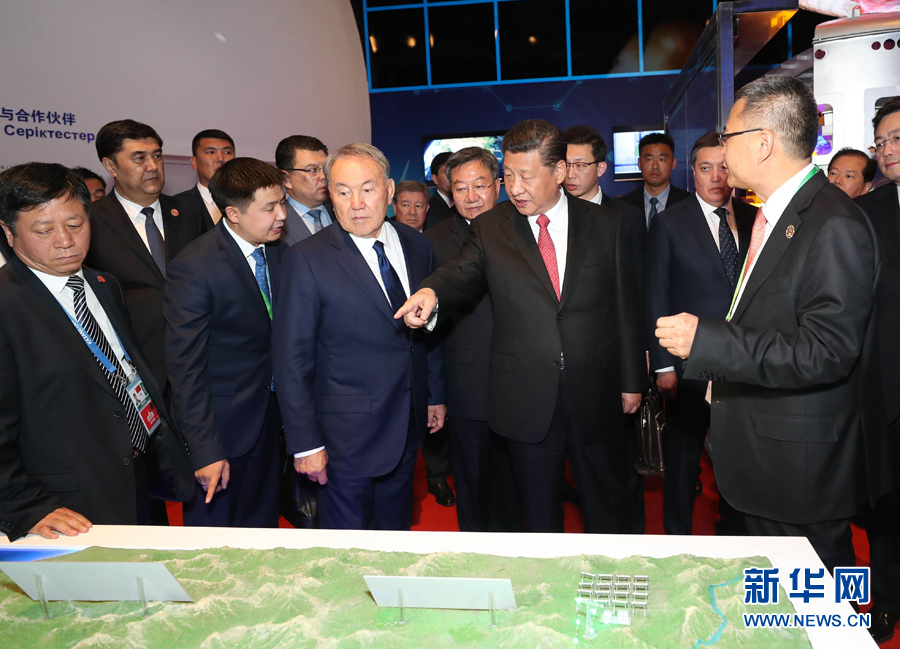China and the 17th SCO Summit

By George N. Tzogopoulos
Astana, the capital of Kazakhstan hosts the 17th Summit of the Shanghai Cooperation Organization (SCO). The Organization has been active for more than two decades representing the geopolitically vital Eurasia region and constituting a permanent intergovernmental international body with its premises in Shanghai and Tashkent. Its precursor was established in 1994 and was originally named the Shanghai Five mechanism. China along with Russia, Kyrgyzstan, Tajikistan and Kazakhstan initially sought to foster cooperation in Central Asia after the end of the Cold War and the collapse of the Soviet Union. SCO was officially inaugurated seven years later also welcoming Uzbekistan.
This year’s Summit is highly important for four main reasons. First, the full membership of India and Pakistan is decided after two years of negotiations. The Organization will now represent approximately 40 percent of the world population and 25 percent of its GDP while it is successfully proceeding to its first significant enlargement. Indian Prime Minister Narendra Modi and Pakistani Prime Minister Nawaz Sharif will join the club and complement the efforts of the other six countries to boost common development, prosperity and integration. India and Pakistan do not share the same geopolitical interests but perhaps their joint participation at SCO might pave the way for a better understanding.
Second, the ‘Belt and Road’ initiative is now defining developments in Eurasia. Chinese President Xi Jinping is going to the 17th SCO Summit only one month after his impressive Beijing international conference which has been attended by almost all leaders of the Organization. Acknowledging the impact and significance of the Chinese project since 2013, SCO is prepared to align regional integration with this philosophy. The foundations had been laid two years ago during the Ufa Meeting but it now becomes more tangible. As China will succeed the rotating presidency of SCO and will hold the 2018 Summit more steps towards this direction are expected to be made which are expected to bring win-win benefits. The results of economic interconnectivity are evident. According to Chinese statistics for 2016, China’s trade with Russia amounted at $69,5 billion with Kazakhstan at $7,88 billion, with Uzbekistan at $3,62 billion and with Kyrgyzstan at $1,43 billion.
Third, the SCO is enhancing its efforts to promote stability by combatting terrorism. Recent terrorist attacks in Europe, the Middle East and Asia outline the urgency of the matter. All participants are reiterating their support to fight against the Islamic State often facing serious radicalization and extremism threats. The Regional Anti-Terrorist Structure (RATS) of the Organization has already conducted some exercises. In 2015, for instance, member states identified incitement information published by the terrorist organization on websites and social networks in Xiamen. President Xi places particular emphasis on the elimination and prevention of terror activities and SCO can be certainly an additional platform for coordinated action.
And fourth, the 17th Summit of SCO coincides with the Astana 2017 EXPO titled ‘Future Energy’. Leaders of the Organization will subsequently have the opportunity to discuss energy collaboration. Here, China can assume again a leading role as the realization of the ‘Belt and Road’ initiative can guarantee smooth transportation of resources such as oil and gas between countries as well as the implementation of additional works and projects. More importantly, Xi can repeat to his counterparts and the world his commitment to protect the environment and support green energy in a period during which US President Donald Trump has shocked the international community by announcing his decision to withdraw from the Paris climate change agreement.
Last but not least, the visit of the Chinese President to Astana should be also viewed irrespective of his participation in the SCO Summit. By embarking on a four-day journey to Kazakhstan he is boosting bilateral ties. Currently, Beijing and Astana are advancing and implementing 51 cooperation programs in energy, agriculture, transportation, communications, construction, manufacturing and infrastructure, involving an investment amount exceeding $26 billion. Both sides are keen on cooperating more. As a joint statement confirmed, China’s ‘Belt and Road’ initiative can complement with Kazakhstan’ ‘Nurly Zhol’ or ‘Bright Path’.
All in all, President Xi Jinping will conclude his Kazakhstan visit investing in both bilateral and multilateral diplomacy. China’s international position is thus naturally strengthened while its ‘Belt and Road’ plan is gaining more ground.






